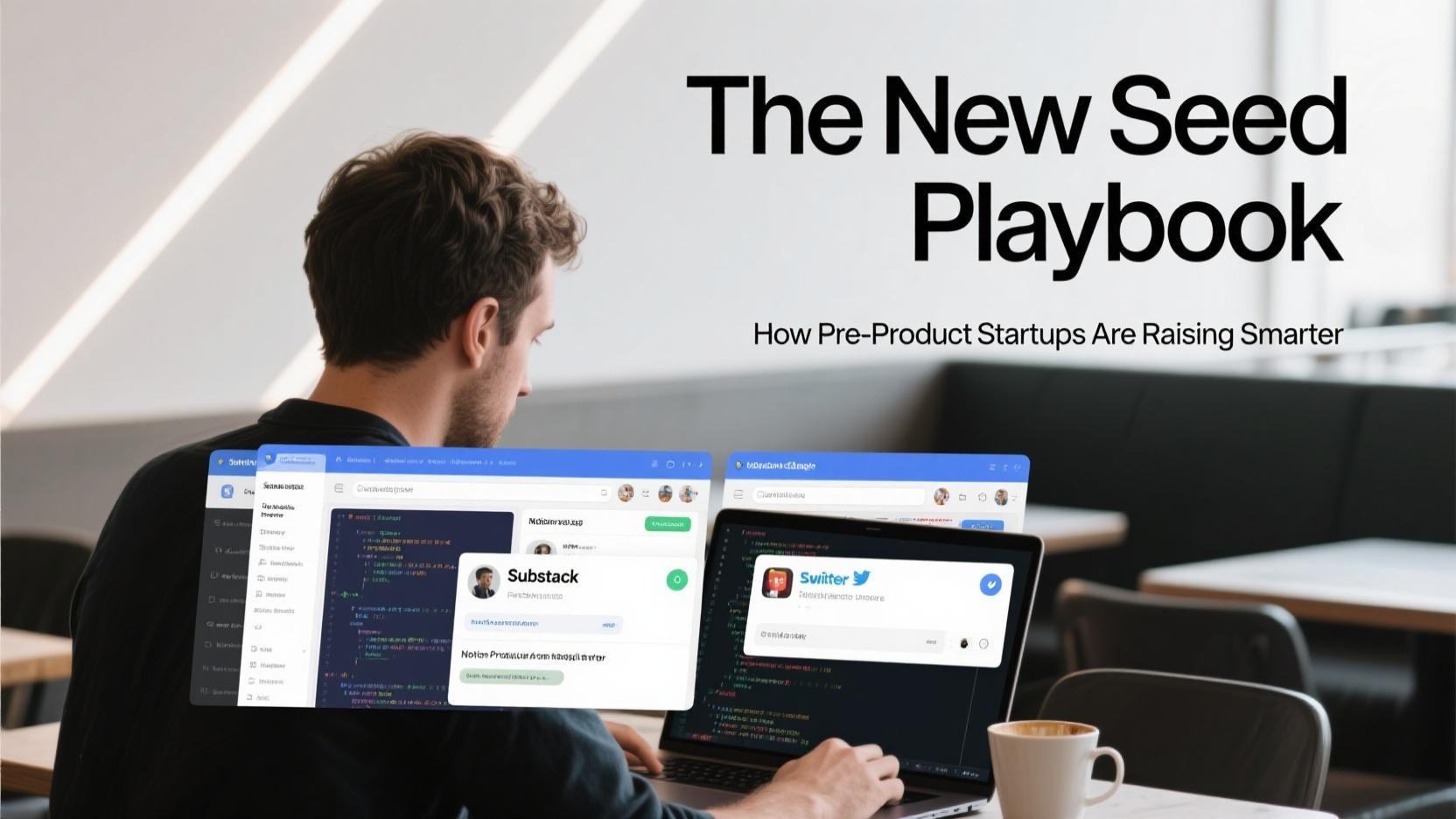Why Founders Are Skipping the Deck and Shipping Instead
In 2025, the early-stage venture game is evolving fast. Seed capital is no longer just about pitch decks and warm intros. Investors are now betting on shipping speed, audience traction, and founder-market fit — even before a product fully exists.

The Shift: From Vision to Early Validation
The classic formula—“great team + big market + flashy slides”—is giving way to a new approach:
A working demo or MVP, even if rough
Some form of organic user pull (waitlists, Discord activity, etc.)
Public presence of founder momentum on X, LinkedIn, or Substack
Angel investors and micro-VCs now expect startups to show proof of movement, not just ambition.
Case Study: Raising with Code, Not Slides
Take MeshAI, a small two-person startup building LLM-based tooling for supply chain planners. Instead of raising with a 20-page pitch deck, they launched:
A basic Notion site
A Twitter thread showing early UX mockups
A “v1” waitlist that collected 3,000 emails in two weeks
They closed a $600K pre-seed round from three strategic angels and a fund—before incorporation.
“The best founders don’t wait to be discovered. They build in public,” says Rima Cheung, an early-stage investor at Pixel Ventures.
Investor Behavior Is Adapting
Micro-funds and solo GPs are playing a more active role:
Writing faster $100K–$500K checks

Helping with GTM playbooks, not just valuation
Sourcing deals via X, not demo days
Platforms like AngelList Roll-Up Vehicles and Carta Raise make it possible for small startups to formalize cap tables within days.
Key Takeaway
The seed stage is now about momentum, not polish. In an age of open-source tools and instant distribution, founders who move fast—and show traction early—have a real shot at outsized capital with minimal dilution.
